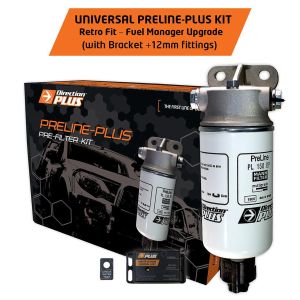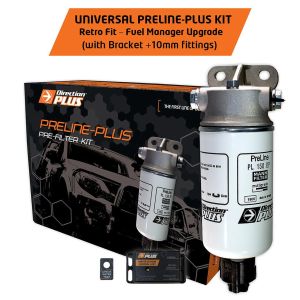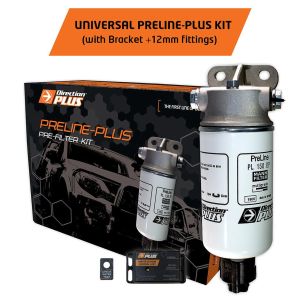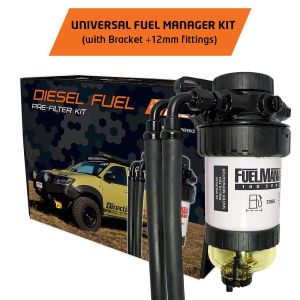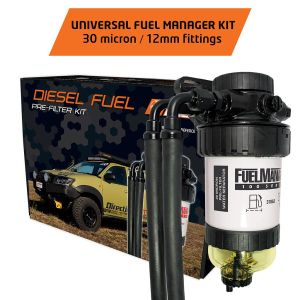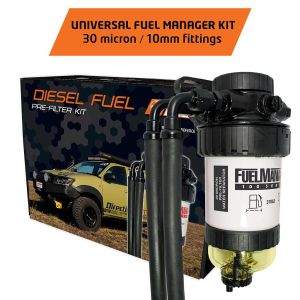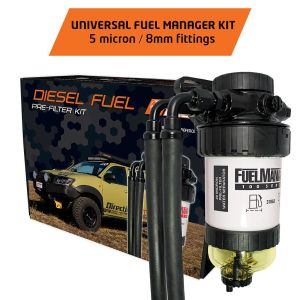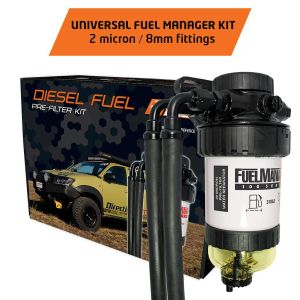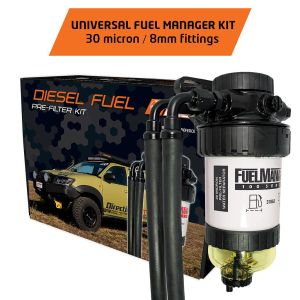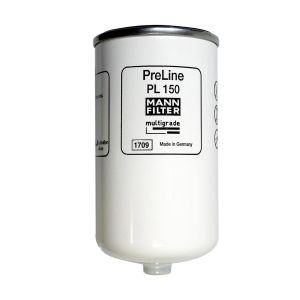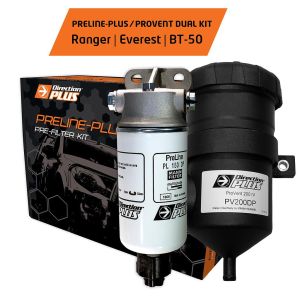-
PL902DPKUniversal PreLine-Plus Retro Fit Pre-Filter Kit (PL902DPK)Direction-Plus™ Universal PreLine-Plus Retro Fit PL902DPK is a Fuel Manager...$630.00
-
PL901DPKUniversal PreLine-Plus Retro Fit Pre-Filter Kit (PL901DPK)Direction-Plus™ Universal PreLine-Plus Retro Fit PL901DPK is a Fuel Manager...$646.00
-
PL802DPKUniversal PreLine-Plus Pre-Filter Kit (PL802DPK)Direction-Plus™ Universal PreLine-Plus PL802DPK comes with bracket and 12mm ...$663.00
-
FM802DPKUniversal Fuel Manager Pre-Filter Kit (FM802DPK)The Universal Fuel Manager Pre-Filter Kit FM802DPK, comes with a 30 micron eleme...$400.00
-
FM708DPKUniversal Fuel Manager Pre-Filter Kit (FM708DPK)The Universal Fuel Manager Pre-Filter Kit FM708DPK, comes with a 30 micron ele...$256.00
-
FM707DPKUniversal Fuel Manager Pre-Filter Kit (FM707DPK)The Universal Fuel Manager Pre-Filter Kit FM707DPK, comes with a 30 micron eleme...$188.00
-
FM706DPKUniversal Fuel Manager Pre-Filter Kit (FM706DPK)The Universal Fuel Manager Pre-Filter Kit FM706DPK, comes with a 5 micron elem...$183.00
-
PL801DPKUniversal PreLine-Plus Pre-Filter Kit (PL801DPK)Direction-Plus™ Universal PreLine-Plus PL801DPK comes with bracket and 10mm fi...$638.00
-
FM705DPKUniversal Fuel Manager Pre-Filter Kit (FM705DPK)The Universal Fuel Manager Pre-Filter Kit FM705DPK, comes with a 2 micron elemen...$186.00
-
FM704DPKUniversal Fuel Manager Pre-Filter Kit (FM704DPK)The Universal Fuel Manager Pre-Filter Kit FM704DPK, comes with a 30 micron ele...$184.00
-
PLE150DPPreLine-Plus Replacement Element PLE150DPDirection-Plus™ PLE150DP is the Replacement Element for a PreLine-Plus pre-fil...$64.95
-
PLPV661DPKPreLine-Plus/ProVent Dual Kit RANGER/EVEREST/BT50The Direction-Plus™ PreLine-Plus / Provent Dual Kit PLPV661DPK fits Ford Range...$922.96
Search
Search for vehicle
Search for vehicle
4wd fuel filters
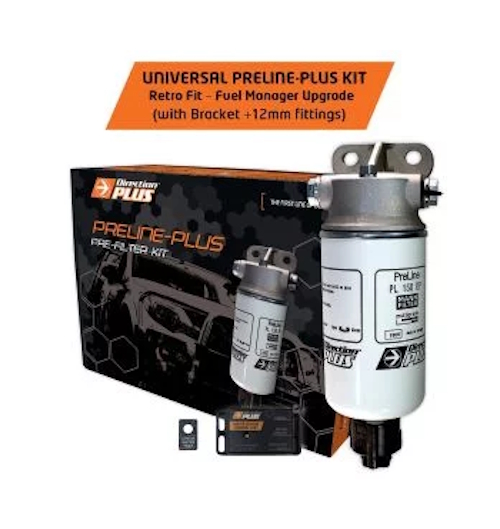

Keep your 4WD vehicle running smoothly and efficiently with VMN's premium 4WD Fuel Filters. Designed to remove impurities and contaminants from your fuel system, our fuel filters ensure clean and reliable fuel delivery, allowing you to tackle rugged terrain with confidence and peace of mind.
Why Choose VMN 4WD Fuel Filters?
- Superior Filtration: VMN 4WD Fuel Filters are engineered to provide superior filtration, removing dirt, debris, and other contaminants from your vehicle's fuel system. By preventing these impurities from reaching your engine, our fuel filters help maintain optimal performance and prolong the lifespan of your fuel system components.
- Enhanced Engine Protection: Clean fuel is essential for the health and longevity of your engine. VMN Fuel Filters offer enhanced engine protection by ensuring that only clean, filtered fuel enters your engine's combustion chamber. This helps prevent damage to critical engine components and reduces the risk of costly repairs down the line.
- Improved Fuel Efficiency: A clean fuel system is more efficient and economical. By removing impurities and contaminants from your fuel, VMN Fuel Filters help improve fuel combustion, resulting in better fuel efficiency and reduced emissions. This not only saves you money on fuel costs but also reduces your environmental footprint.
- Reliable Performance: VMN is committed to delivering excellence in every product we offer. Our 4WD Fuel Filters undergo rigorous testing and quality control to ensure reliable performance and long-lasting durability, giving you peace of mind knowing that your vehicle is equipped with the best in fuel filtration technology.
- Easy Installation: Installing VMN 4WD Fuel Filters is quick and easy, allowing you to maintain your vehicle's fuel system with minimal hassle. With simple installation instructions and compatibility with a wide range of 4WD vehicles, our fuel filters make it easy to ensure clean and efficient fuel delivery for your off-road adventures.
Ensure clean and efficient fuel delivery for your 4WD vehicle with VMN 4WD Fuel Filters. Experience the peace of mind that comes with knowing your engine is protected and your vehicle is performing at its best, mile after mile. Don't let impurities and contaminants compromise your off-road adventures – choose VMN for premium quality and performance in fuel filtration!








